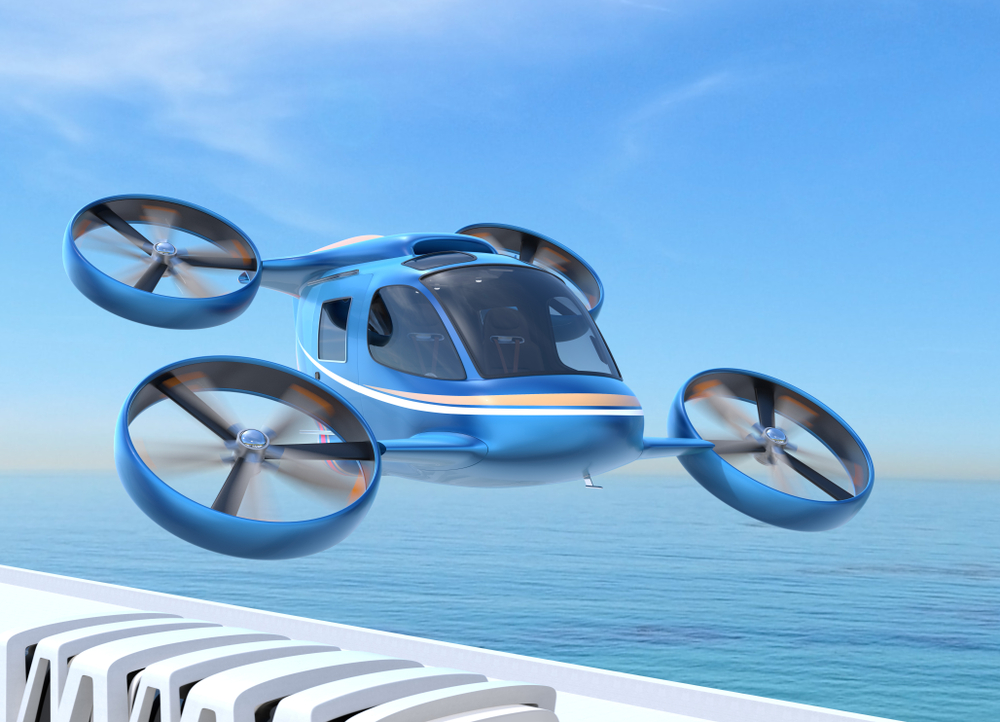
The US transportation department has released an updated blueprint for airspace and procedure changes to accommodate future air taxis and other Advanced Air Mobility (AAM) operations. The blueprint was developed by the Federal Aviation Administration (FAA) with NASA and industry stakeholders. The Urban Air Mobility (UAM) concept of operations is an iterative progression of work in the development of the concept that will be continued to mature through ongoing government and industry stakeholder collaboration. Future editions of the UAM conceptual framework will provide a broader and more comprehensive vision of our shared partnership for UAM operations based on feedback and continued collaboration surrounding this iteration of the UAM blueprint.
The document is a key element in maturing the overall Advanced Air Mobility (AAM) concept aimed at developing an air transportation system that moves people and cargo between local, regional, intraregional, and urban locations not previously served or underserved by aviation using innovative aircraft, technologies, infrastructure, and operations. AAM will support a wide range of passenger, cargo, and other operations within and between urban and rural environments using new and innovative aircraft.
Under the blueprint, AAM operations will begin at a low rate with air taxis flying much as helicopters do today. They’ll use existing routes and infrastructure such as helipads and early vertiports. Pilots will communicate with air traffic controllers where required.
As the number of operations increases, air taxis are expected to fly in corridors between major airports and vertiports in city centres. The complexity of the corridors could increase over time from single one-way paths to routes serving multiple flows of aircraft flying in both directions. Over time, these corridors could link an increasing number of routes between vertiports.
The FAA expects aircraft technology will evolve as well. Aircraft automation and real-time data sharing between aircraft will likely play increasing roles in these corridors.
The operational blueprint is a key step — along with certifying the aircraft and pilots — in the FAA’s effort to safely usher in and support this next era of aviation. The blueprint aims to provide a common frame of reference to the FAA, NASA and industry to help guide their research and decision-making.
The FAA also made available on Youtube the April meeting of the Advanced Aviation Advisory Committee which discussed key drone-integration issues from flying taxis to large-scale drone delivery. The stream is available here
For more information visit:

